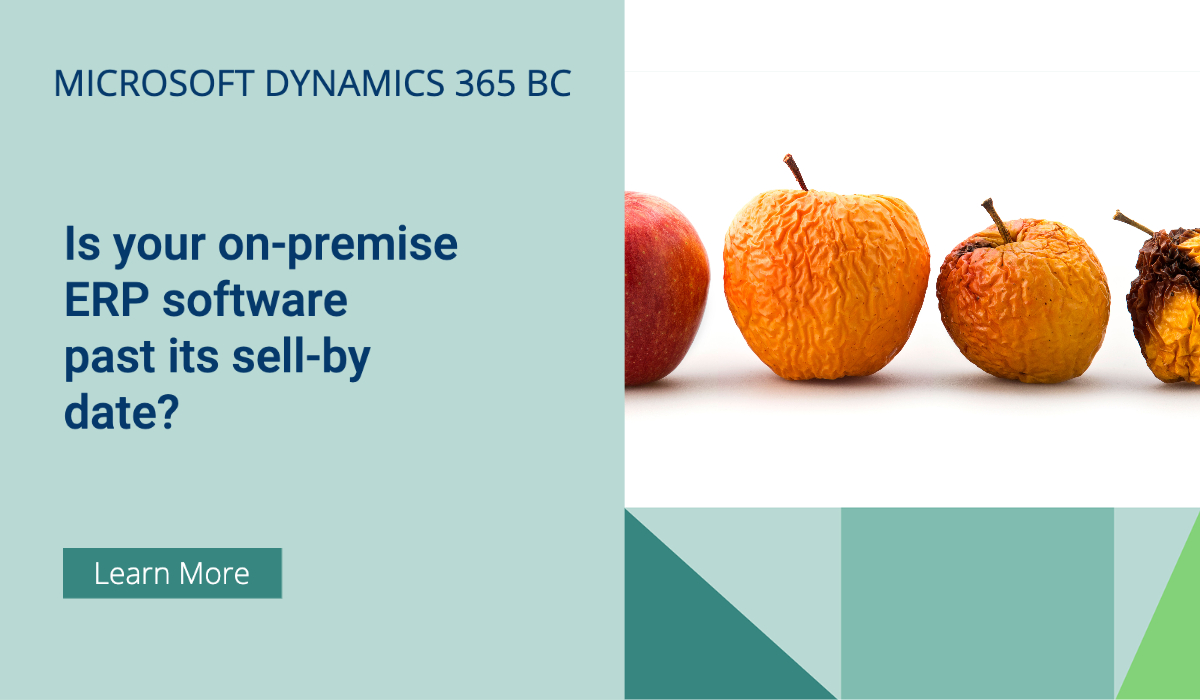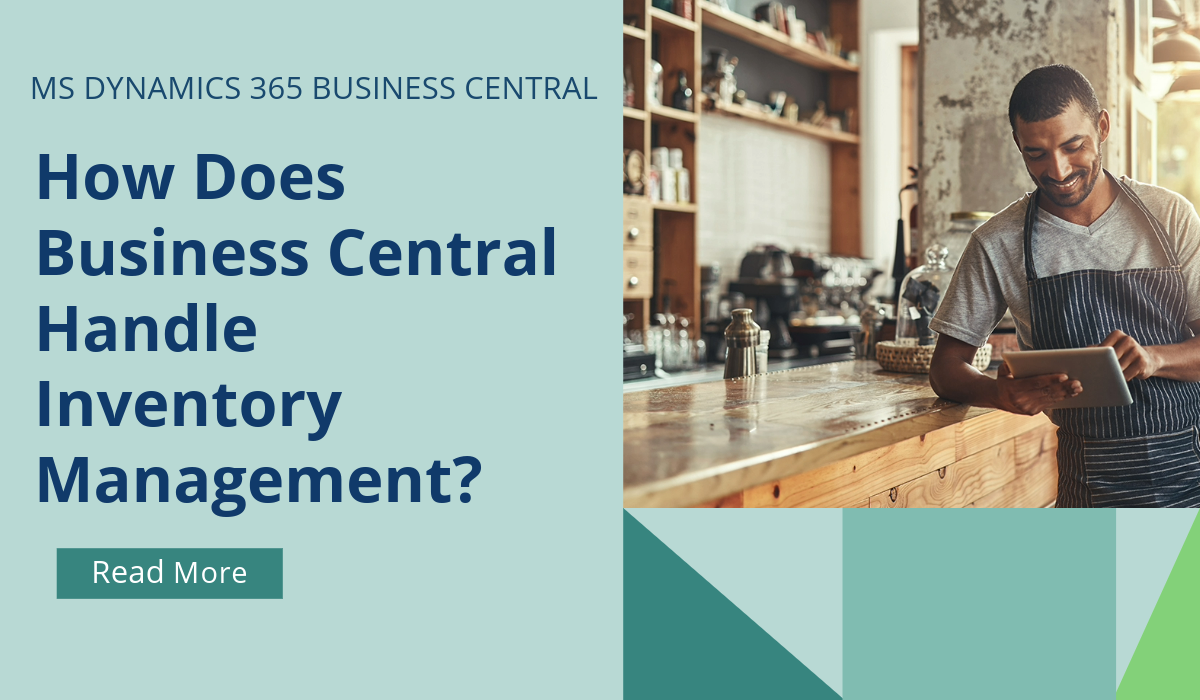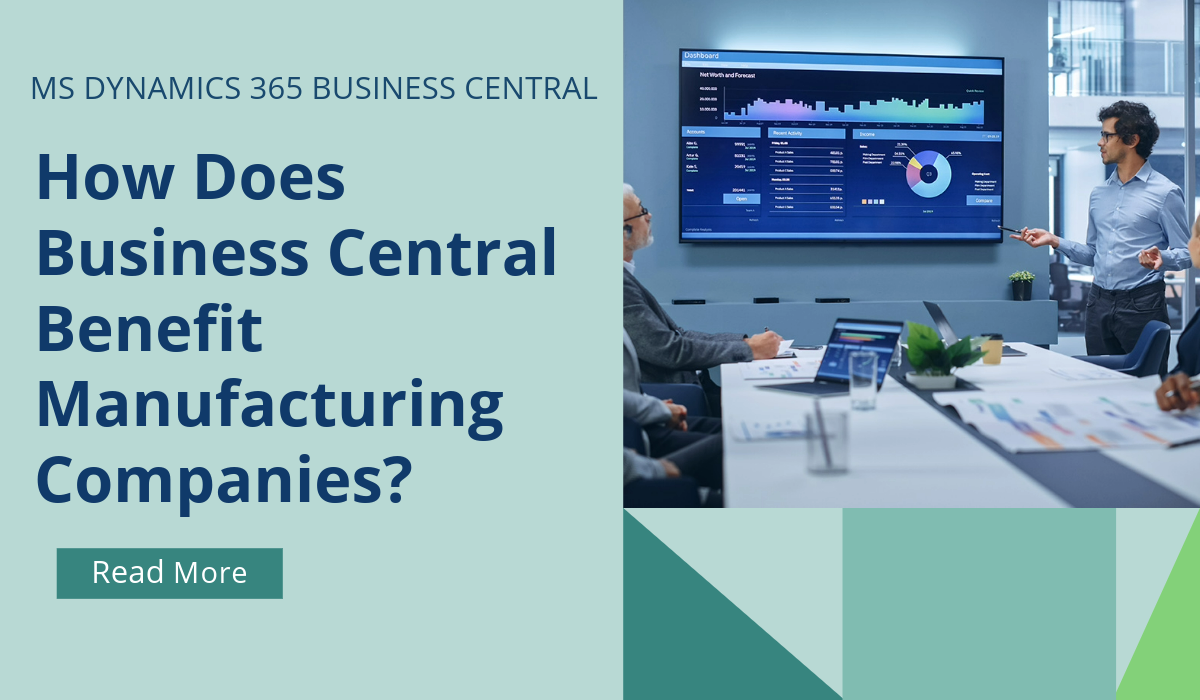
Is your on-premise ERP software past its sell-by date?
There are still many organisations using old, often outdated ERP software. Sometimes they use the latest version of a solution that lacks innovation, and sometimes it’s an older version of an innovative and modern solution, waiting for an upgrade. There are of course thousands of reasons why it’s not convenient to switch to a more modern system or version now.
But are you fully aware of the business impact of continuing the use of your outdated solution? It is like driving an old, rattling car on a motorway – while the competition is smoothly overtaking you at great speed. How long can your business afford this?
Continuing to work with an outdated ERP system involves a number of risks, and it’s important for you to be aware of them. In this blog post, we discuss five of these risks.
1. Missing innovation
ERP vendors spend their R&D budgets on their modern, cloud-based ERP solutions. Staying with an outdated solution means that you are missing out on new innovations, such as Microsoft’s ChatGPT-based Dynamics 365 Copilot. This can result in declining competitiveness.
2. Higher Total Cost of Ownership
If you continue the use of your on-premise solution, you can expect a higher Total Cost of Ownership over time. This happens for two reasons: one, because of the continued investments to maintain your current IT infrastructure and second, because the cost of your software support is likely to increase.
3. Decreased security
Hackers and their methods become more sophisticated every single day, and they often focus specifically on older versions that have limited or no support. Continuing the use of an older system increases the risk of cyber-attacks.
4. Availability of knowledge
Implementation partners spend fortunes training their employees. Unfortunately for you, they do that only in the new(er) versions. Staying on an outdated solution results in a decreasing availability of knowledge as older consultants start to retire.
5. Dissatisfied employees and customers
Not many people like to work with outdated solutions since everybody knows the benefits of a modern user interface from their phones. This is the same story for outdated business processes. Continuing to use an old solution increases the likelihood of dissatisfied employees and customers.
ERP systems are the heart of your information systems. The quality of your solution, your business processes and your data determine your business performance and your financial results. These are very strong reasons not to be left behind with an older system.
Don’t forget that it will take your organisation at least 6 to 12 months to migrate to a modern solution – even if you decide to make the change today.
That’s why it’s so important to ask yourself: how much longer can your business afford to continue working with an outdated ERP solution?
Have we convinced you to look into moving to a more modern ERP system?
August 16, 2023
RECENT POSTS
Business Central How-To: FastTabs & FactBoxes
Business Central, a user-friendly ERP system, has plenty of terminologies specific to the product, and if you’re moving across to BC from some other program, or even considering an upgrade from NAV to BC, it [...]
How Does Business Central Handle Inventory Management?
Inventory Management is a module in Business Central that helps SMBs manage their inventory and other operations within a single platform. SMBs can track, manage, and optimise stock levels across locations. Microsoft Dynamics [...]
How Does Business Central Benefit Manufacturing Companies?
Manufactured products are part of everyone's lives. From the car that you drive, the mobile phone that you use, to the milk that you drank for breakfast. Companies that create these products must [...]


